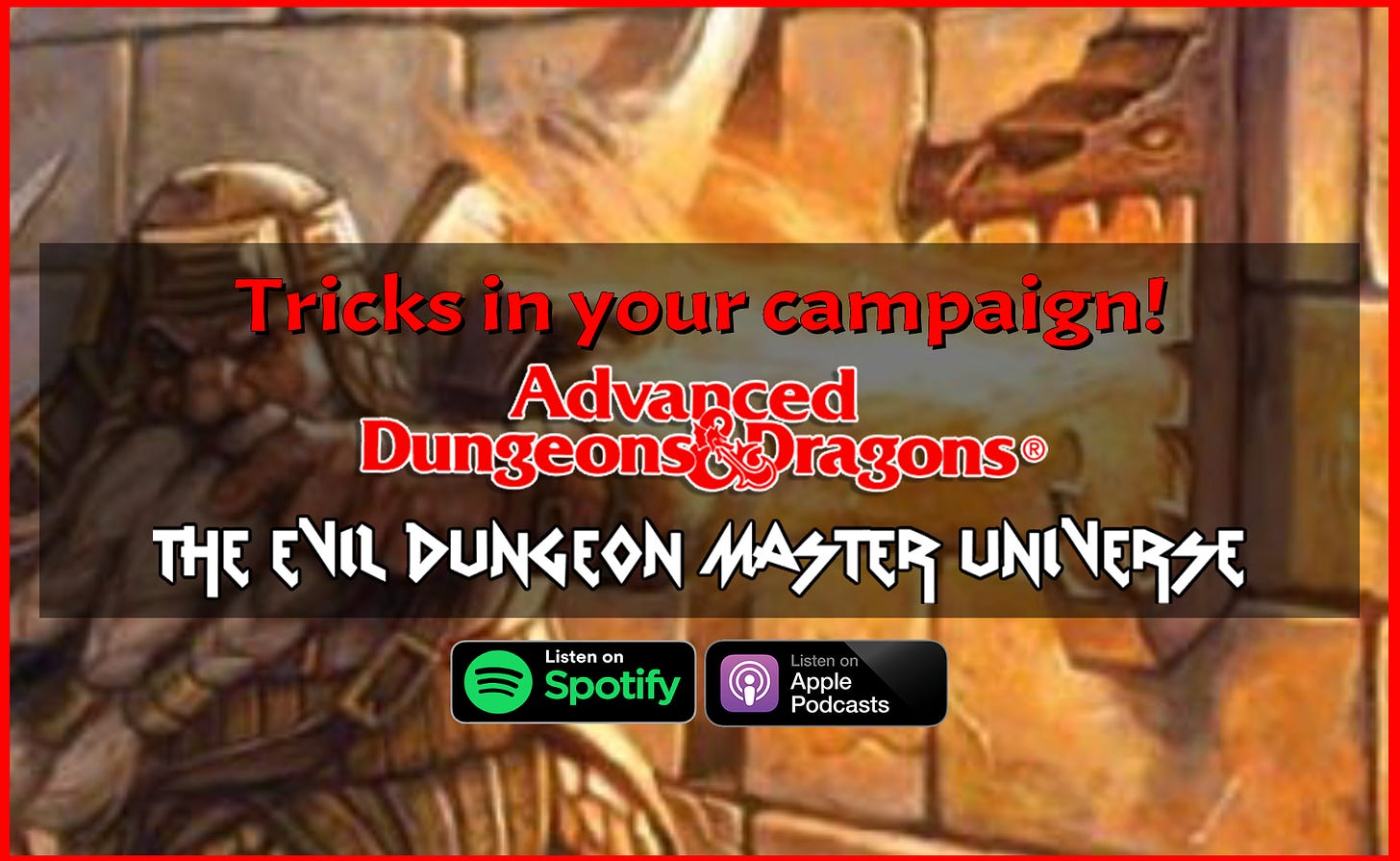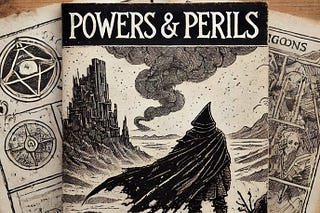
Dungeons are filled with an array of tricks, from misleading sounds to illusions and physical traps. Players must rely on their wit and foresight to navigate these challenges, as a careless approach can lead to dire consequences. The Dungeon Master (DM) will employ creativity to deceive players, making critical thinking essential for survival.
Highlights -🪄
Variety of Tricks: Dungeons are rich with diverse tricks, both annoying and deadly.
Sound Illusions: Buzzing sounds may mislead players into false battle preparations.
Illusions: Visual deceptions like piles of gold hiding dangers can confuse players.
Spatial Manipulations: Slanting passages and teleporters can distort navigation.
Room Mechanics: Sinking and rising rooms can mislead players about their actual position.
Secret Doors: Proper manipulation can lead to unexpected areas.
Rashness vs. Preparedness: Caution and preparation are crucial to countering tricks.
Key Insights -🔍
Imagination as a Tool: The limitless potential for tricks means players must think creatively to identify and counter them. 🎭
Acoustic Tricks: Sounds can mislead; players should investigate before reacting to perceived threats. 📡
Dangerous Illusions: Not all that glitters is gold; illusions can mask real threats, requiring vigilance. 💰
Spatial Awareness: Understanding the layout and mechanics of rooms can prevent disorientation and ambushes. 🗺️
Manipulation of Reality: Tricks like secret doors and teleporters emphasize the need to question the environment. 🔑
Preparedness: A well-prepared party can navigate traps effectively, while rash behavior leads to peril. ⚔️
Role of the DM: The DM’s creativity shapes the dungeon experience, highlighting the importance of player engagement and critical thinking. 🎲














